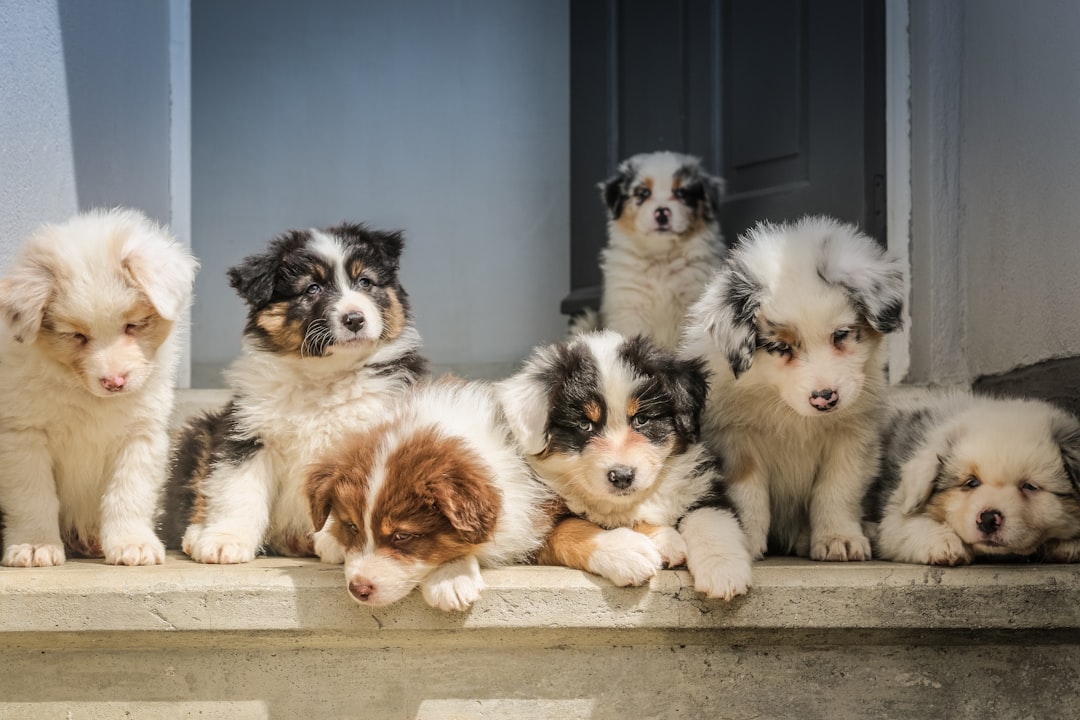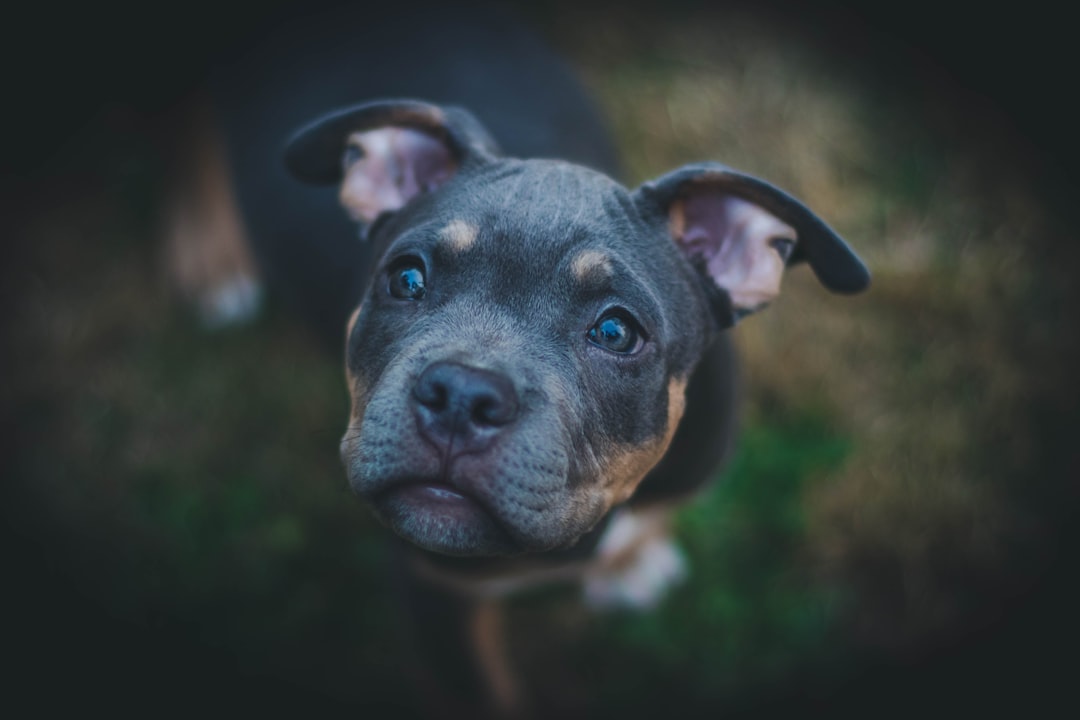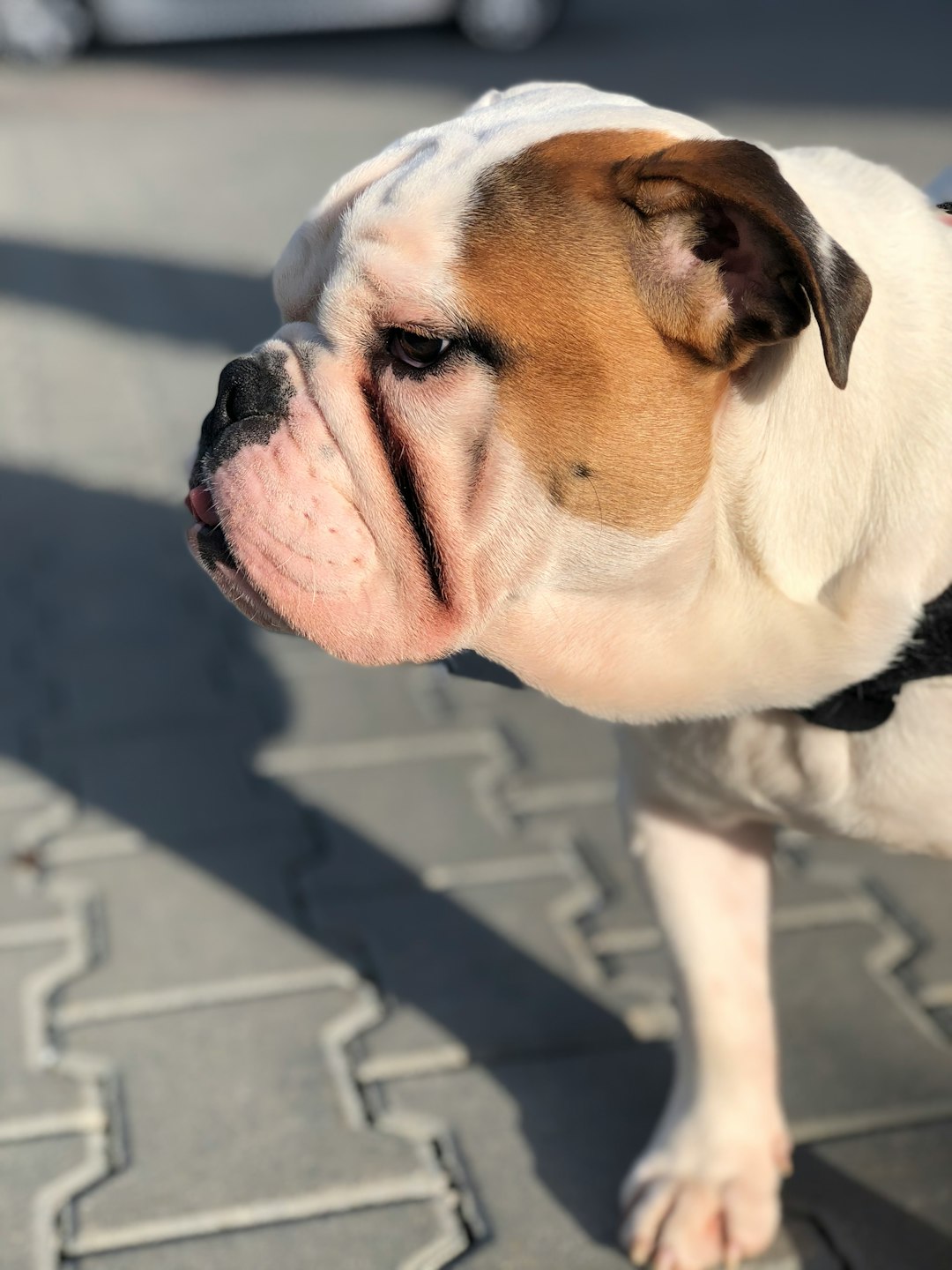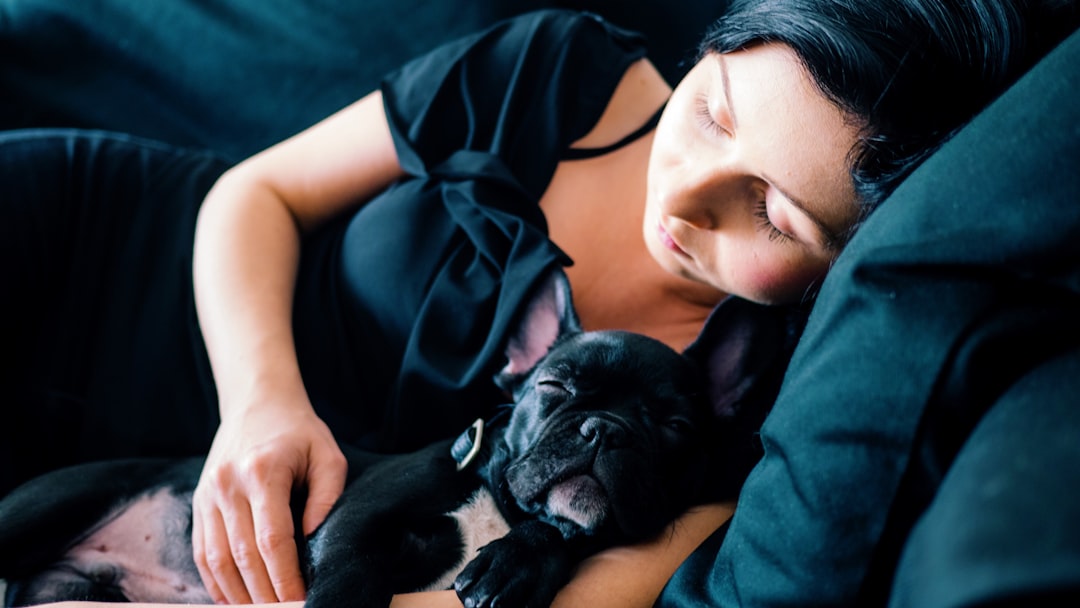Imagine arriving home, only to find your furry friend has turned into a chocolate connoisseur. You know the risks, but let’s be honest, the only thing running through your mind is, “What happens if a dog eats chocolate?” Spoiler alert: it’s not pretty! From the jitterbug dance of symptoms to emergency vet visits that cost more than your monthly coffee budget, we’ll dive into why this sweet treat is more of a canine nightmare than a delicious delight. Buckle up, dog lovers; it’s going to be a bumpy ride!
Understanding the Risks of Chocolate for Dogs

Ah, chocolate—the sweet, sweet temptation that humans relish. But what happens if a dog eats chocolate? Let’s just say, Fido’s love for chocolate can lead to a tail-wagging disaster.
Why is chocolate such a menace for our furry friends? It’s all about a little ingredient called theobromine, which the doggy digestive system treats like a prankster at a serious meeting. Unlike us, dogs metabolize theobromine slowly, making chocolate a ticking time bomb for their bodies.
Here’s what you need to know:
- Type of chocolate matters: Dark chocolate and baking chocolate? The lethal duo. Milk chocolate? Still bad, but not as much.
- Weight is key: A smaller dog? Less chocolate is like a sumo wrestler trying to hide behind a lamp post—difficult!
- Symptoms can vary: From occasional tummy rumbles to dramatic drooling, it really depends on the amount ingested.
So, when pondering “what happens if a dog eats chocolate,” remember: the risks are high and the consequences are decidedly not sweet!
Common Symptoms of Chocolate Poisoning in Dogs

So, you’ve caught your furry friend red-pawed with a chocolate stash! Let’s unravel what happens if a dog eats chocolate. Sit tight, because puppy peril is about to kick in! Symptoms can vary based on the type and amount of chocolate consumed, but keep an eye out for these classic signs:
- Vomiting: If Fluffy starts spewing chocolate like a chocolate fountain, it’s time to panic—just a bit.
- Diarrhea: Constipation? Not today! Your pup might go from “just a nibble” to “bathroom bonanza.”
- Hyperactivity: Suddenly, your dog is channeling their inner Usain Bolt. They might zig-zag around like they’re on a sugar rush.
- Restlessness: Can’t sit still? That’s not your pup’s new dance move. It’s a big red flag!
- Increased Heart Rate: If it seems like your dog just ran a marathon, it’s not from fetching the ball.
If you suspect your dog has indulged in chocolate heaven, call your vet. Knowing what happens if a dog eats chocolate could save their life (and your favorite candy bar).
Factors Influencing Chocolate Toxicity

So, what happens if a dog eats chocolate? Well, it’s not as simple as saying, “Your pooch just hit the candy jackpot!” Several sneaky factors come into play when determining how badly your dog could be affected. Let’s break it down—with a sprinkle of humor, of course!
1. Type of Chocolate: The Dark Side
- Dark Chocolate: The villain of the story. High in theobromine and caffeine.
- Milk Chocolate: Bad, but not as evil as dark.
- White Chocolate: More of an annoying mosquito than a fearsome predator. Very low in theobromine.
2. Size Matters!
- Tiny Terrors (Chihuahuas & Pomeranians): They can go from zero to “Oh no!” in one chocolate square.
- Giant Goofballs (Great Danes, Mastiffs): May handle a sneaky nibble better—still not ideal!
3. Amount Consumed—Quantity Counts!
- A single chocolate chip? Maybe a mild stomach rumble.
- A whole bar? Now we’re on a rollercoaster of panic!
So, keep an eye on what happens if a dog eats chocolate. Factors like type, size, and quantity will lead you to either laughter or hysteria! 🐶🍫
Types of Chocolate That Are Most Dangerous
So, you might be wondering, what happens if a dog eats chocolate? Well, not all chocolate is created equal when it comes to your furry pal’s well-being. Some types are practically dog-napped doom, while others might allow them to escape with a few tail wags and an upset stomach. Here’s the scoop on chocolate danger levels:
| Type of Chocolate | Theobromine Content | Danger Level for Dogs |
|---|---|---|
| White Chocolate | 0.1 mg | Safe-ish (but still not ideal) |
| Milk Chocolate | 1.5 – 2.5 mg | Moderate (be cautious) |
| Dark Chocolate | 5 – 15 mg | High (panic a little) |
| Baking Chocolate | 15 – 25 mg | Very High (call the vet ASAP) |
| Cocoa Powder | 15 – 25 mg | Extremely High (hello emergency room) |
In summary, if you catch your canine chomping on any dark or baking chocolate, it’s time to put on your superhero cape and act fast! Remember, what happens if a dog eats chocolate can be pretty serious; it’s better to avoid any chocolate marathons and keep those treats out of reach! 🐾
Emergency Actions to Take if Your Dog Eats Chocolate
Uh-oh! Your furry friend just snuck a piece of chocolate and now you’re worried sick. 🤦♂️ But fear not! Here’s your emergency action plan for when you’re wondering what happens if a dog eats chocolate:
- Stay Calm: Panicking won’t help Fluffy. Take a deep breath; we need a clear head to tackle this situation.
- Assess the Situation:
- Type of Chocolate: Dark chocolate? Bad news bears. Milk chocolate? Slightly better but still troublesome.
- Amount Eaten: A whole bar? Or just a nibble? Time to channel your inner veterinarian.
- Contact Your Vet:
- Call sooner rather than later. Provide details, including the type and amount of chocolate consumed.
- They might ask you to observe the dog for symptoms or to bring them in for an immediate check-up.
- Don’t Induce Vomiting Just Yet:
- Unless a vet advises it, resist the urge to play doctor. Let the professionals handle the situation.
- Note Symptoms:
- Watch for drooling, vomiting, restlessness, or even a rapid heartbeat. If Fluffy starts shaking like a leaf, it’s time to act!
In short, if you’re unsure and your pup took a chocolate dive, remember: proactive actions can save the day! Now that you know what happens if a dog eats chocolate, you’ll be ready for chocolate emergencies! 🍫🚫🐶
Veterinary Treatment Options for Chocolate Poisoning
So, your furry friend has indulged in a chocolate binge. First off, let’s clear the air—chocolate is not a dog’s best friend. Now, you might be pondering, what happens if a dog eats chocolate? Well, worry not; your clever canine can be saved! Here are the treatment options your vet may employ:
- Induction of Vomiting: If the chocolate heist happened recently, your vet might make your pup tickle their throat to expel that chocolate disaster. Think of it as your dog’s very own chocolate fountain—minus the fun!
- Activated Charcoal: This magical black powder helps absorb the chocolate toxins, like a sponge at an all-you-can-eat buffet. Your dog won’t agree it tastes great, but it can help keep them safe.
- Intravenous Fluids: If your dog’s feeling particularly unwell, the vet might set up an IV. This ensures they stay hydrated, flush those nasty toxins out, and give them a boost.
- Monitoring and Medications: If your dog is experiencing severe symptoms, hospitalization might be necessary. Rest assured, the vet will monitor their heart rate and offer medications to keep your pup comfortable.
In a nutshell, if you’re left asking what happens if a dog eats chocolate, your vet has got your back—just don’t let your pooch near the chocolate stash again!
Preventive Measures to Keep Dogs Away from Chocolate
Let’s face it, dogs and chocolate go together like cats and baths — not at all! Keeping your dog safe from chocolate isn’t just a good idea, it’s a necessity. So, here’s the scoop on preventing those pesky chocolate cravings:
- Keep Chocolate Out of Reach: Store chocolate in high cabinets, preferably ones your dog can’t break into (unless you have a canine mastermind).
- Educate Your Family: Make sure everyone knows to keep chocolate goodies to themselves. Fido may think a chocolate bar is just a fancy stick, but we know better!
- Use Dog-Friendly Treats: Stock your pantry with treats that’ll make your dog’s tail wag without sending him to the vet.
- Train the “Leave It” Command: Teaching your dog to resist temptation can save lives! It’s like puppy yoga for self-control.
In short, avoiding “what happens if a dog eats chocolate” is doable with a bit of vigilance. Remember, a happy dog is a chocolate-less dog! 🐶🍫❌
Conclusion: Keeping Your Dog Safe from Chocolate Risks
So, what happens if a dog eats chocolate? It can be a tale of woe and panic for both pooch and owner! But don’t fret just yet; prevention is key! Here are some foolproof methods to keep your furry friend safe from the sweet stuff:
- Hide the Treats: Store all chocolate goodies in cupboards that are unaccessible to your stealthy sniffer. Think of it as a game of hide-and-seek, but you want to make sure chocolate is hiding really well!
- Educate Family and Friends: Let everyone in your home know that sharing chocolate with your dog is a big no-no. You wouldn’t want Aunt Mildred to turn your pup into a chocolate-connoisseur!
- Offer Dog-Friendly Alternatives: Instead of that tempting chocolate, provide carob treats designed just for dogs. It’s like chocolate’s long-lost twin that won’t send them on a trip to the vet!
- Constant Supervision: Keep an eye on your crafty canine. They might have a Ph.D. in sneaky snacking!
So remember: when confronted with the dilemma of “what happens if a dog eats chocolate?”, just don’t let it happen in the first place! Your dog’s health—and your sanity—will thank you!
Frequently Asked Questions
Why is chocolate such a big no-no for dogs?
Ah, the classic question that has puzzled dog parents since the dawn of chocolate! Well, buckle up! Chocolate contains a delightful little compound called theobromine, which is like caffeine’s cousin who went a bit wild at the party. While we humans can metabolize theobromine faster than you can say ‘Bark D. Licious’, our furry friends take their sweet time. As a result, even a small amount can lead to some serious consequences for our pups. So, if you see them eyeing that chocolate cake like it’s the Holy Grail, it’s time to channel your inner superhero and swoop in to save the day!
What are the signs that my dog might have indulged in some chocolate?
Great question! Imagine your dog suddenly turning into a hyperactive pinball machine—that’s usually not a good sign! Common symptoms include excessive panting, restlessness, vomiting, diarrhea, and, if the chocolate binge was particularly wild, seizures. Your pooch might also give you that innocent, ‘What chocolate?’ look, which, let’s be honest, means trouble. If the chocolate thief starts acting less like Lassie and more like a caffeinated squirrel, it’s time to consult a vet. Better safe than sorry, right?
What should I do if my dog eats chocolate?
First, take a deep breath and remember: freak-outs are for soap operas, not for you! If you catch your furball mid-chocolate heist, assess the situation. Check the type and amount of chocolate consumed and then contact your vet or Pet Poison Helpline faster than your dog can scarf down a leftover pizza slice! They may suggest inducing vomiting or other treatments depending on how chocolate-happy your pup has been. And, of course, take a moment to marvel at the sheer audacity of your dog—you’ve got a little rebel on your hands!
Can all types of chocolate harm dogs equally?
Oh, the chocolate spectrum! Not all chocolates are created equal in the eyes (or stomachs) of our canine companions. Dark chocolate is like the Mr. Big Shot of the chocolate world—packed with the most theobromine, so it’s the most dangerous. Milk chocolate, while still risky, is a bit tamer. And white chocolate? Well, it’s like the kid who shows up to the chocolate party with an apple—there’s hardly any theobromine at all! But that doesn’t mean your pup should be treated to any chocolate desserts. Remember, it’s all a slippery slope, and we want soft, cuddly pups, not jittery chocolate fiends!



